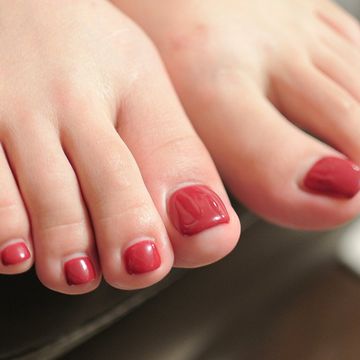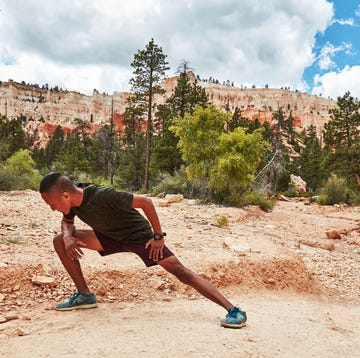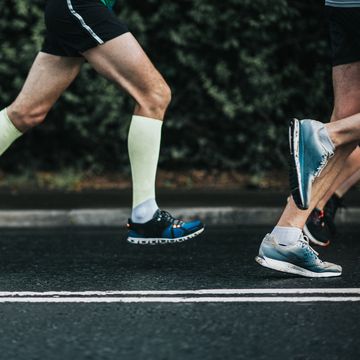6 At-Home Tips for Freshening up Your Runner’s Feet for the Summer Season
Bid adieu to blisters, blackened nails, callouses and reptilian skin.

Gnarly toes are widely accepted as badges of honor in the running community, but extra crusty tootsies aren’t always appreciated by the greater public. In anticipation of sandal season (and in the spirit of civility), consider buffing up those blistered, bruised and calloused paws. Here, two experts share simple, at-home tips that will get your feet in as good of shape as the rest of your body.

Jenny is a Boulder, Colorado-based health and fitness journalist. She’s been freelancing for Runner’s World since 2015 and especially loves to write human interest profiles, in-depth service pieces and stories that explore the intersection of exercise and mental health. Her work has also been published by SELF, Men’s Journal, and Condé Nast Traveler, among other outlets. When she’s not running or writing, Jenny enjoys coaching youth swimming, rereading Harry Potter, and buying too many houseplants.

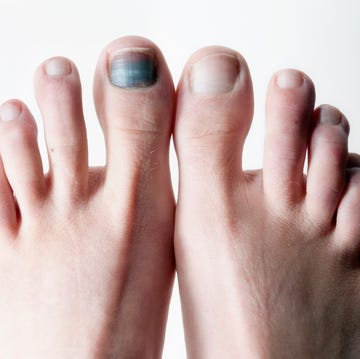
How to Stop Black Toenails From Ruining Your Runs
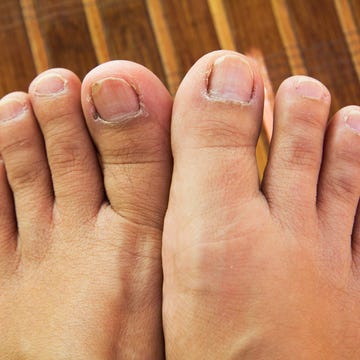
5 Disgusting Things That Can Happen to Your Feet
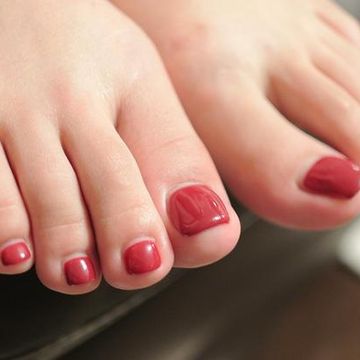
Why Do Runners Lose Their Toenails?

7 Strange Tales of Long-Distance Running Injuries






